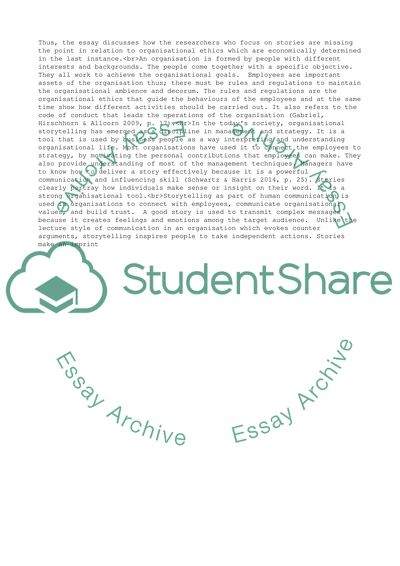Cite this document
(Contemporary issues in management Essay Example | Topics and Well Written Essays - 2500 words - 1, n.d.)
Contemporary issues in management Essay Example | Topics and Well Written Essays - 2500 words - 1. https://studentshare.org/management/1870127-contemporary-issues-in-management
Contemporary issues in management Essay Example | Topics and Well Written Essays - 2500 words - 1. https://studentshare.org/management/1870127-contemporary-issues-in-management
(Contemporary Issues in Management Essay Example | Topics and Well Written Essays - 2500 Words - 1)
Contemporary Issues in Management Essay Example | Topics and Well Written Essays - 2500 Words - 1. https://studentshare.org/management/1870127-contemporary-issues-in-management.
Contemporary Issues in Management Essay Example | Topics and Well Written Essays - 2500 Words - 1. https://studentshare.org/management/1870127-contemporary-issues-in-management.
“Contemporary Issues in Management Essay Example | Topics and Well Written Essays - 2500 Words - 1”. https://studentshare.org/management/1870127-contemporary-issues-in-management.


